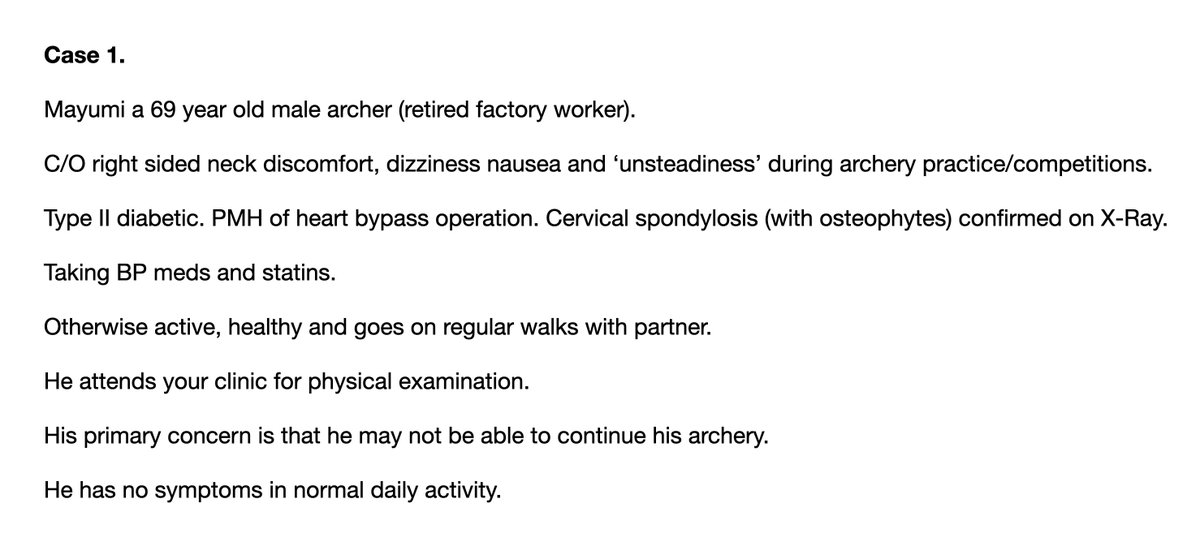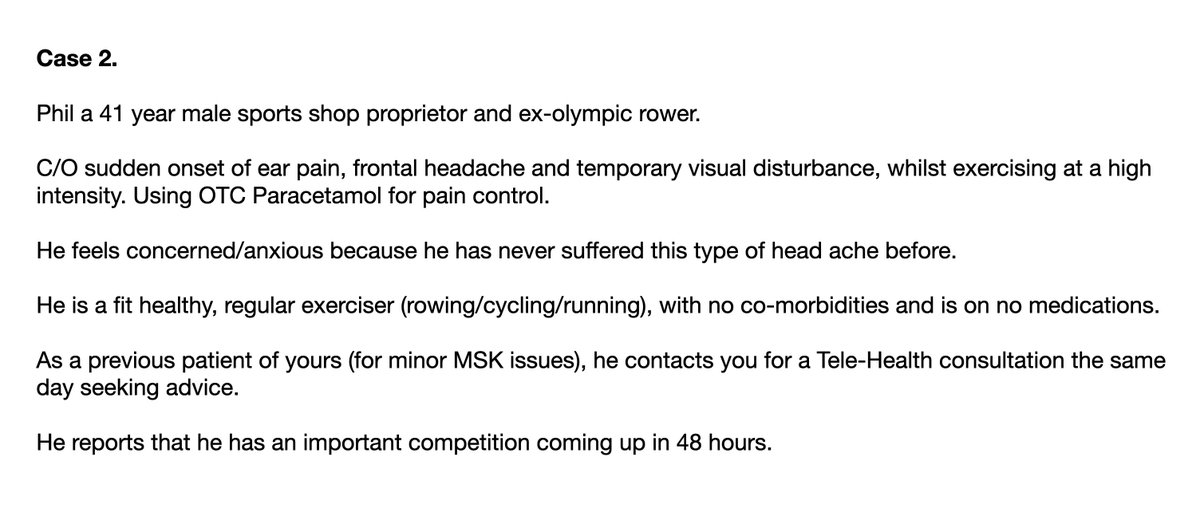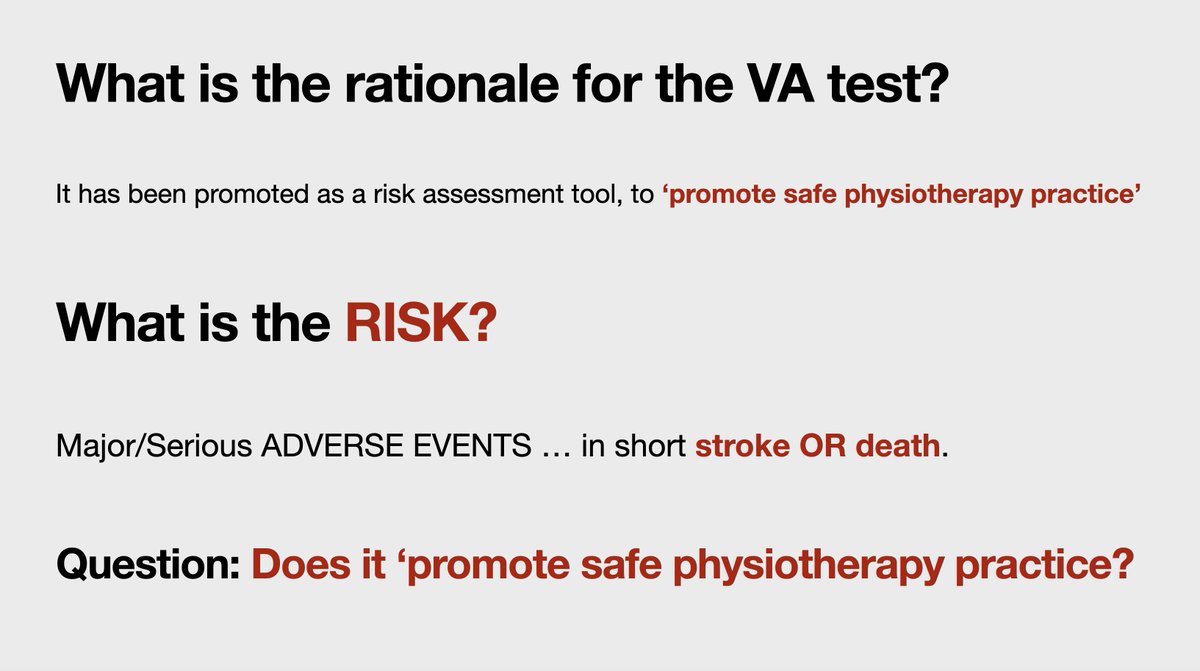1/ So here is the final result on the Cranial Nerves poll.
>50% responded that they were not taught CN’s at University
In addition 56% who WERE taught it suggested they were not comfortable acting on the findings.
>50% responded that they were not taught CN’s at University
In addition 56% who WERE taught it suggested they were not comfortable acting on the findings.
https://twitter.com/tayloralanj/status/1306642962286366722
2/ It is worth reflecting on the fact that most trained PT’s will assess neurological function in suspected upper limb and lower limb neurological dysfunction ... BUT NOT routinely in the cervical-cranial region.
3/ For a profession that positions itself as able ‘First Contact Practitioners’ for MSK conditions, that HAS to to be an #AFI
Serious adverse events related to cervical-cranial neurovascular dysfunction = Vision loss, Stroke or Death
Serious adverse events related to cervical-cranial neurovascular dysfunction = Vision loss, Stroke or Death
4/ There are some great resources from @geekymedics to guide the neurological assessment of the cervical-cranial region geekymedics.com/cranial-nerve-…
5/ Cranial nerve testing is just ONE component part of risk assessment in cervical-cranial cases, which MAY help guide clinical reasoning.
#Physiotherapy #PhysicalTherapy #FCP #NeurologicalExamination
#Physiotherapy #PhysicalTherapy #FCP #NeurologicalExamination
6/ Here is guide which presents an overview of each cranial nerve with a concise summary of examination techniques.
onlinelibrary.wiley.com/doi/full/10.10…
onlinelibrary.wiley.com/doi/full/10.10…
7/ Thanks to everyone who responded to the survey 👏👏
@threadreaderapp unroll please.
• • •
Missing some Tweet in this thread? You can try to
force a refresh











